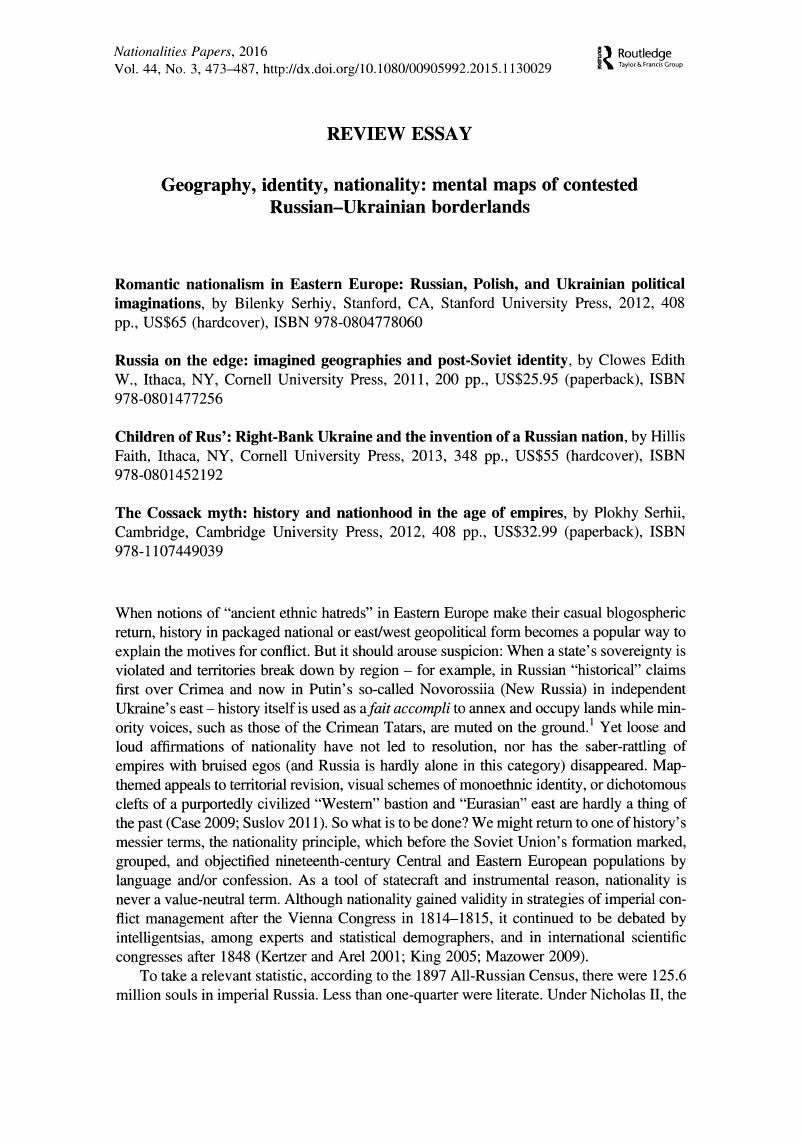Crossref Citations
This article has been cited by the following publications. This list is generated based on data provided by Crossref.
Gilley, Christopher
2016.
Painting Imperialism and Nationalism Red: The Ukrainian Marxist Critique of Russian Communist Rule in Ukraine 1918–1925.
Revolutionary Russia,
Vol. 29,
Issue. 1,
p.
101.



